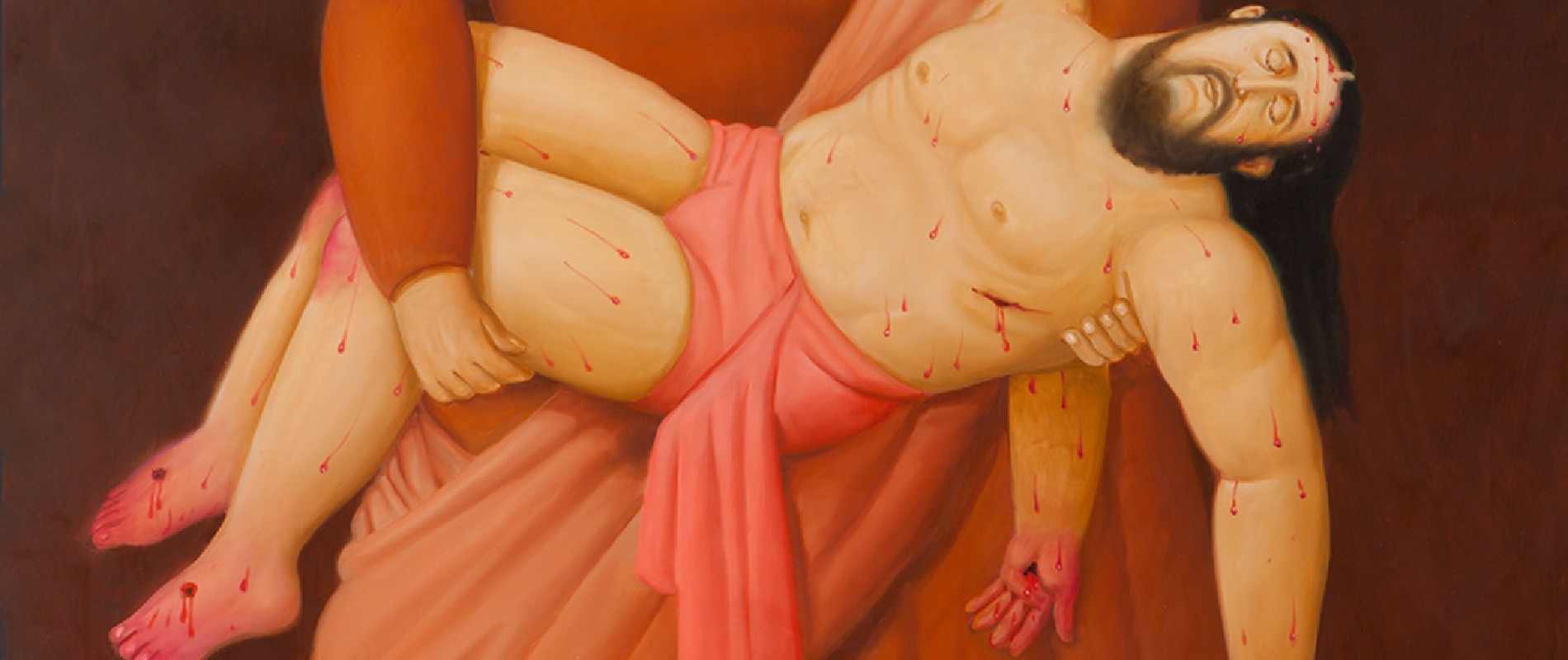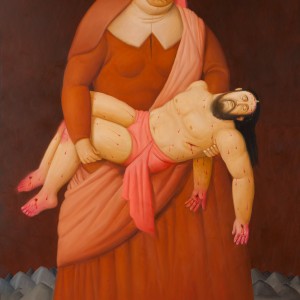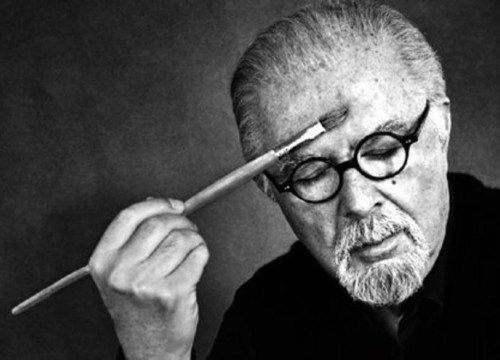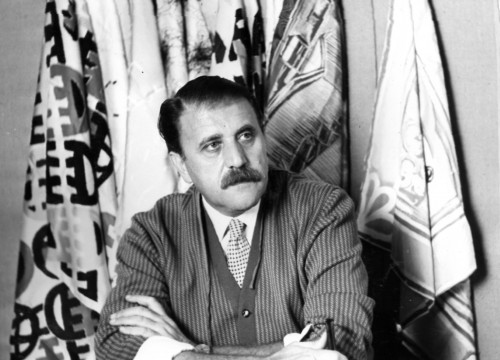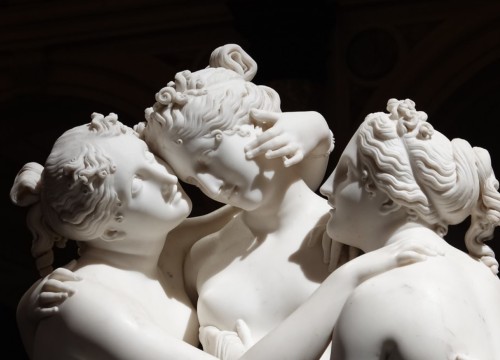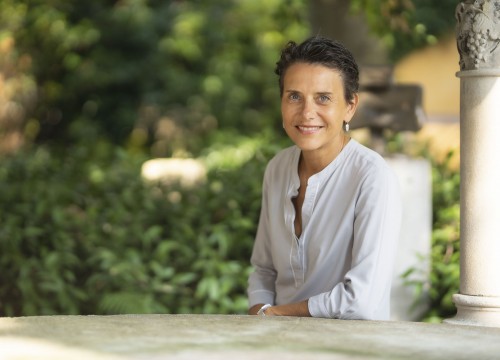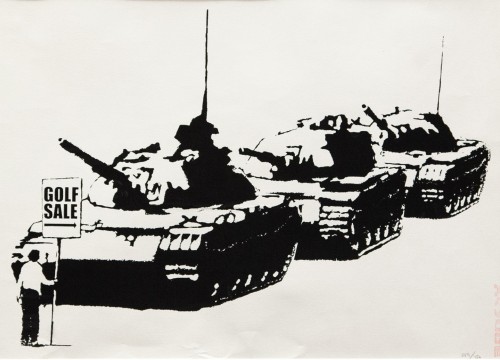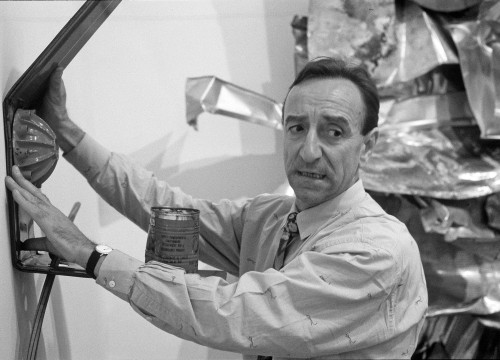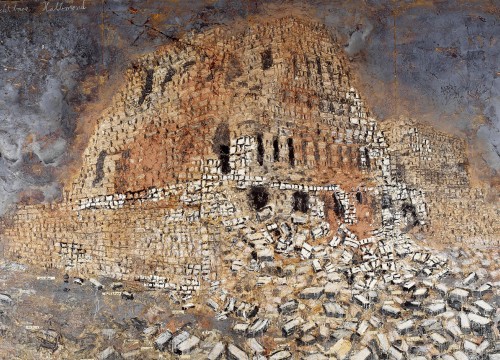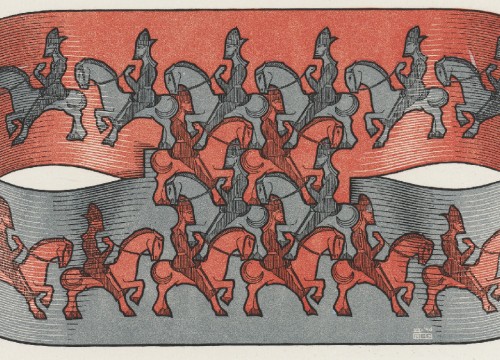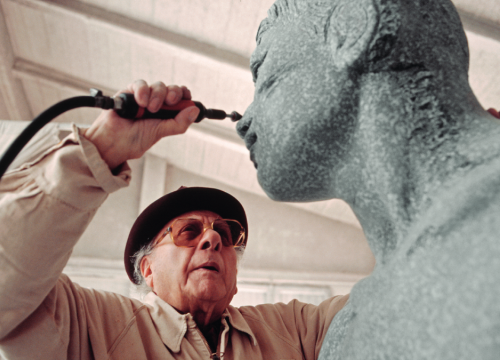On show, 60 works which illustrate the Via Crucis coming from the Antioquia Museum in Medellín
Artists have often tied their fame to a label that characterizes their gesture that does not always highlight their qualities with due completeness. The case of Fernando Botero is emblematic. Botero is universally known as the artist of “large forms” and of a contemplative pleasantness capable of leading into an Edenic world. But this style is not completely representative of Botero. He often recounted the dramas of his homeland and the world we know so well through his work.
Therefore, the “Via Crucis” series that is on display at the Museo della Permanente in Milan until February 4 should come as no surprise. It consists of twenty-seven oils and thirty-three preparatory drawings created between 2010 and 2011 and donated by him to the Museo de Antioquia in Medellin, his hometown, which loaned the collection for the current exhibition, the first since his death on September 15 last year.
The subject of crucifixion, which he had dealt with sporadically in the past, relates to some extent to Botero’s series on the torture in Abu Ghraib prison just five years earlier. Driven by curiosity about the unusual subject matter, I visited him in Monte Carlo in the spring of 2011 where I was able to see some of these pieces. What surprised me was a Christ who has brought his suffering to our time. He explained, “I wanted to represent above all an outraged and tortured man, not an offended deity. And I immersed him in this time that, unfortunately, belongs to us. Then again, even the great artists of the past preferred to place him in a contemporary setting.”
Indeed, the past and the present are represented again and again in the canvases and papers with veiled quotations from those Renaissance masters he studied in his youth. But the present emerges in all its harshness in Jesus and the Crowd, in the wrath of the people who accompany the condemned man and overwhelm him, in the beatings of the soldier who initiates the sorrowful process of The Passion of Christ, as well as in the detail of the nail that makes the blood spatter in The Nails.
The culmination of tragedy is reached by Crucifixion in Manhattan because of the obvious compositional contrast: skyscrapers in the distance and a leafy park below which welcomes passersby in their impassive everydayness, provide a backdrop for a pale Christ on the cross. We are faced with the triumph of indifference over the drama and pain that we unfortunately encounter every day.
In this way Botero’s painting achieves an effectiveness unknown to so many artists who have tackled the same subject matter: indeed, his fable is stripped of allegory to deliver us a tangible drama, a crucifixion that involves much of humanity to varying degrees.

